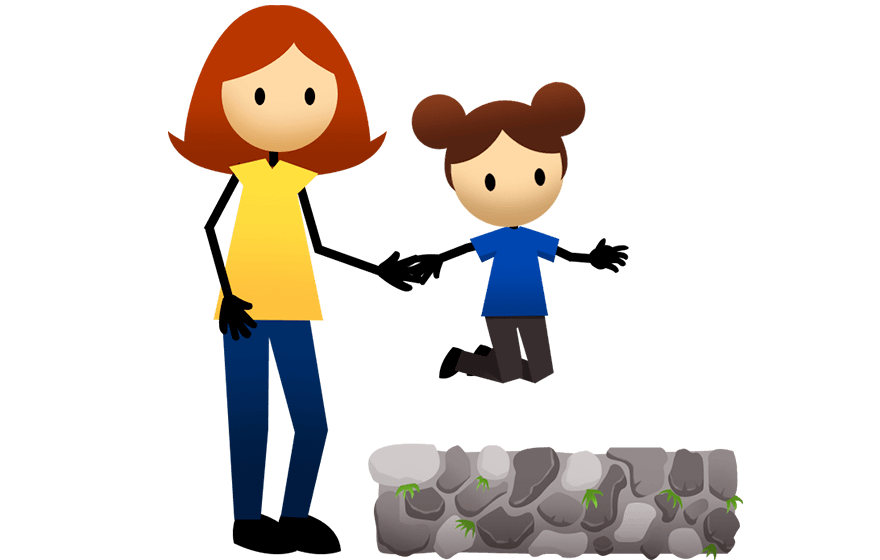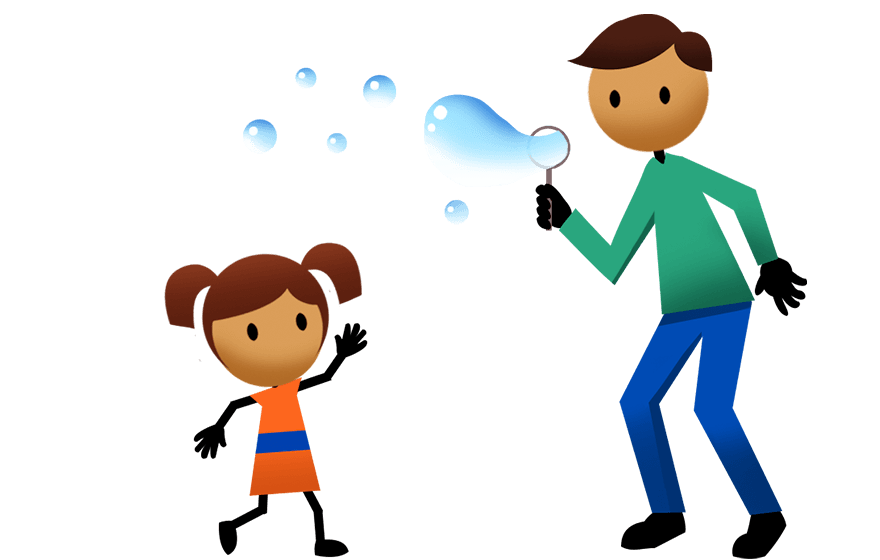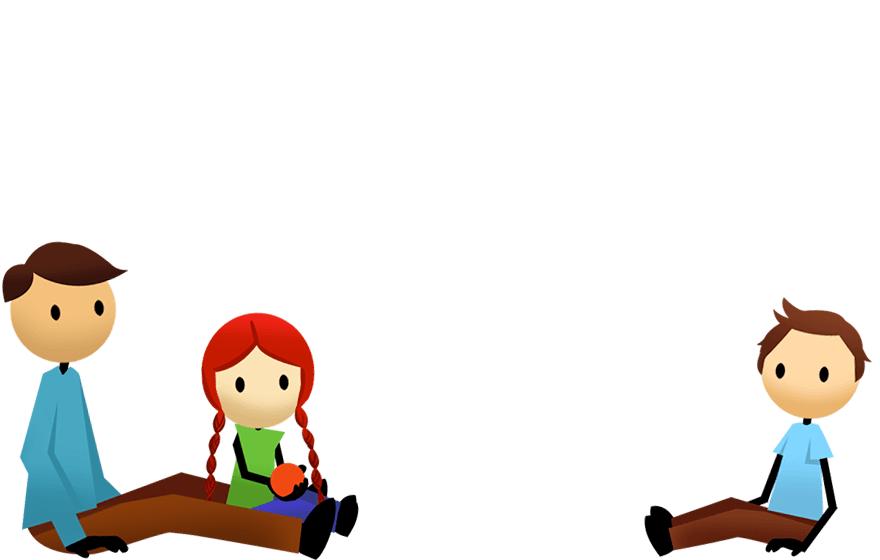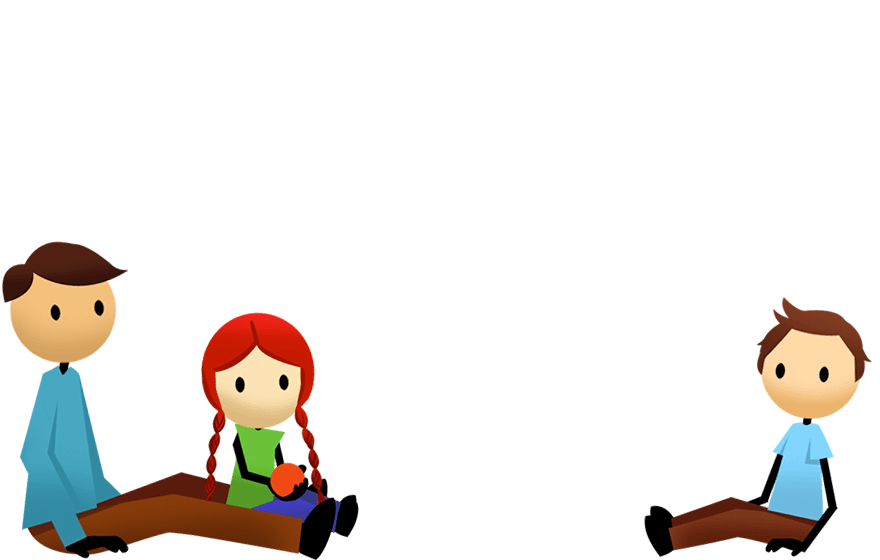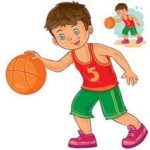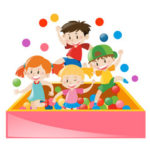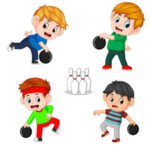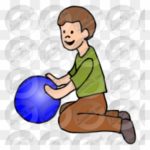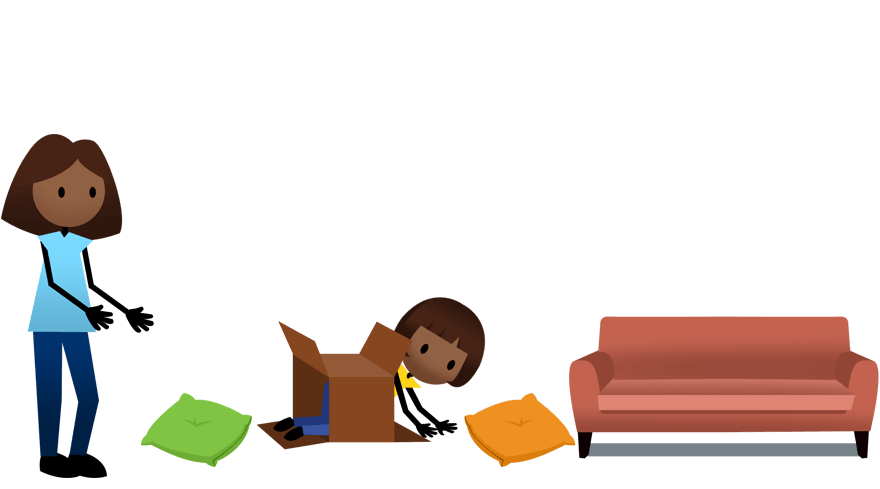
Toddler Obstacle Course
Requirements
- Cardboard boxes, cushions, chairs, and other items found indoors.
Instructions
- Create an obstacle course inside your home using cushions, chairs, sofas, cardboard boxes, and anything else that provides a safe obstacle to climb over or through.
- Give your child ideas about how to move through the obstacle course, and lead your child through the course wherever possible.
- As your child moves through the obstacle course, stay close and provide assistance if needed.
Variations
- Ask your child to suggest ideas for obstacles, or ask them to create their own obstacle course.
Benefits
This activity develops agility, balance, and coordination as your child moves through the obstacle course.



